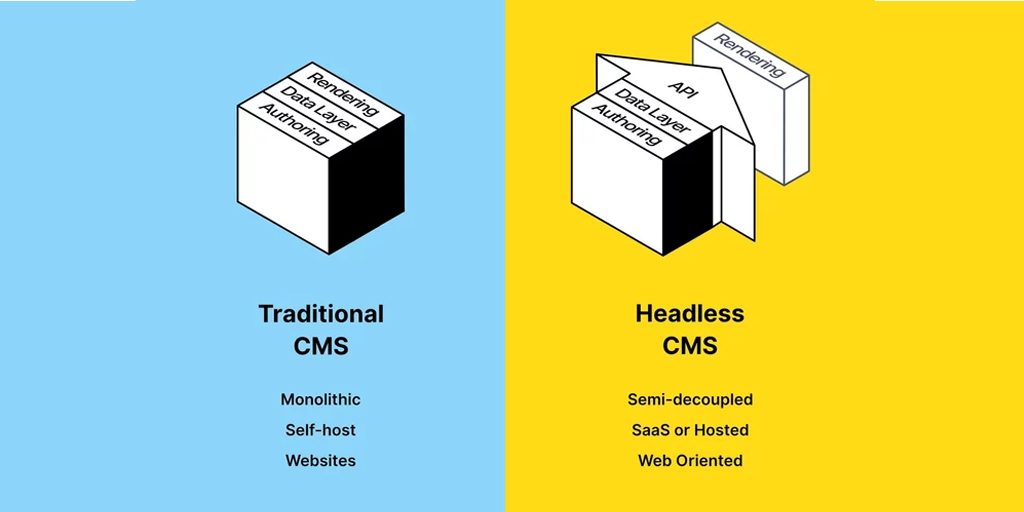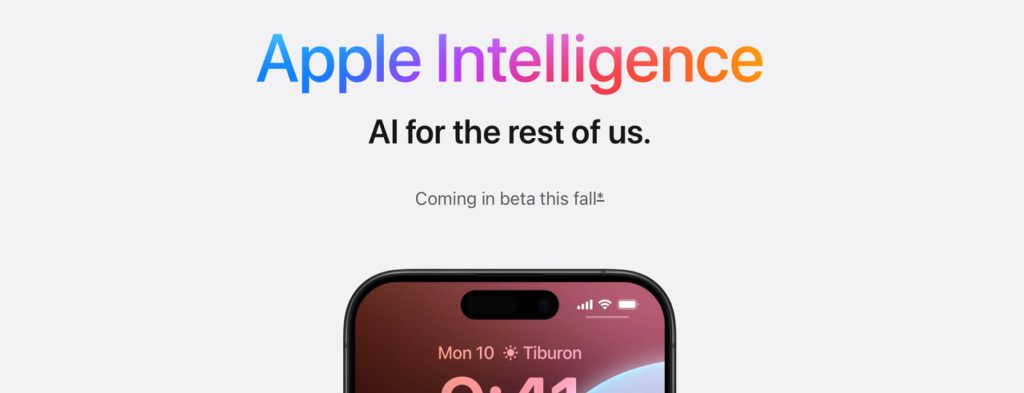In the ever-evolving landscape of content management systems (CMS), decision-makers in both the government and private sector face a crucial choice: whether to embrace the headless CMS or stick with the tried-and-true traditional CMS. This blog post will act as your menu, helping you weigh the options and make an informed decision that best suits your organization’s unique needs.
Appetizer: Defining the Terms
Before we dive into the main course, let’s start with a quick appetizer to define what these CMS options are:
Traditional CMS: A traditional CMS is an all-in-one system that combines content creation, management, and presentation in a single, integrated platform. It often comes with a user-friendly interface and templates to simplify website development.
Headless CMS: A headless CMS decouples the content creation and management from the presentation layer. It provides content through APIs, allowing developers to use any front-end technology to display content. This separation offers more flexibility but requires additional development work.
Main Course: Headless CMS vs. Traditional CMS
Now, let’s explore the main course – the key differences and considerations for both government and private sector organizations.
| Aspect | Headless CMS | Traditional CMS |
| Flexibility | Highly flexible; supports various front-ends | Less flexible, tied to predefined templates |
| Development Effort | More development effort required | Easier setup with less development work |
| Security & Compliance | Secure but may need additional configurations | Typically built with security in mind |
| Content Distribution | Easily serve content to various platforms | Primarily focused on web content distribution |
| Scalability | Scalable for diverse content delivery | Scalable for traditional website requirements |
| Collaboration | Streamlined content collaboration | Collaboration features built-in |
| Cost | Potentially higher development and maintenance costs | Lower initial setup costs |
| Time-to-Market | Longer setup time, but quicker content updates | Faster initial setup, slower content updates |
| User-Friendliness | More developer-centric, may require technical expertise | More user-friendly, suitable for non-technical users |
| Maintenance & Updates | Regular maintenance needed for front-end apps | Updates and maintenance handled in one system |
Dessert: Which CMS is Right for You?
After the main course, let’s have a sweet dessert, helping you make an informed decision:
Government Sector:
Headless CMS: Ideal if you need to serve content to multiple channels (web, mobile, IoT) or have a diverse tech stack.
Traditional CMS: Suitable for projects with tight budgets, a need for quick deployment, and a team with limited technical expertise.
Private Sector:
Headless CMS: Best for businesses with multiple digital touchpoints, like e-commerce, and those who value brand consistency.
Traditional CMS: A good fit for small to medium-sized enterprises that require a straightforward website and can benefit from user-friendly content management.
Conclusion: Choosing Your CMS Dish
Ultimately, the choice between headless and traditional CMS depends on your organization’s specific needs and constraints. Government organizations may lean towards headless for flexibility, while private sector enterprises may opt for traditional CMS for ease of use and cost-effectiveness.
Just like ordering from a menu, there is no one-size-fits-all CMS solution. Evaluate your requirements, resources, and long-term goals to select the CMS dish that satisfies your organization’s appetite for success.






